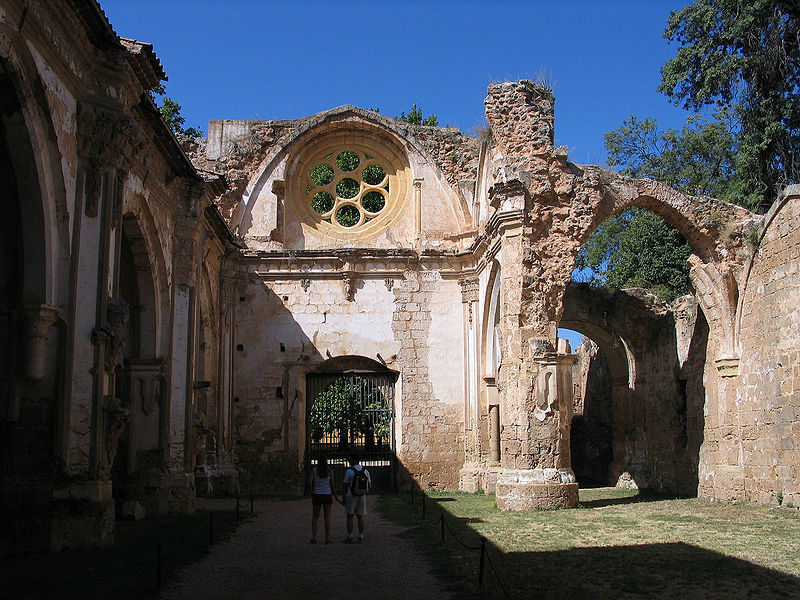 Since May 20, 1194 when Alfonso II of Aragon donated an old Moorish castle to a handful of monks in order to found the Monasterio de Piedra, this spot in Spain’s mostly barren reaches has been home to a divine paradise here on Earth.
Since May 20, 1194 when Alfonso II of Aragon donated an old Moorish castle to a handful of monks in order to found the Monasterio de Piedra, this spot in Spain’s mostly barren reaches has been home to a divine paradise here on Earth.
Though officially secularized in 1835, during the reign of Isabella II, visitors to the monastery today will still find the remaining Gothic and Baroque buildings as heavily fortified as they were in the days of the monastery’s founding. Its cloisters remain intact, surrounded by immaculately landscaped gardens, though the main church was irreparably damaged in the aforementioned secularization and subsequent period of abandonment.
These ruins have an eerie, beautiful air about them, as they remain half-triumphant in their unwillingness to fall after so many years. Heavily fortified since its conception, visitors to the monastery will find the compound’s original cloisters intact, albeit reincarnated as a hotel and guesthouse.
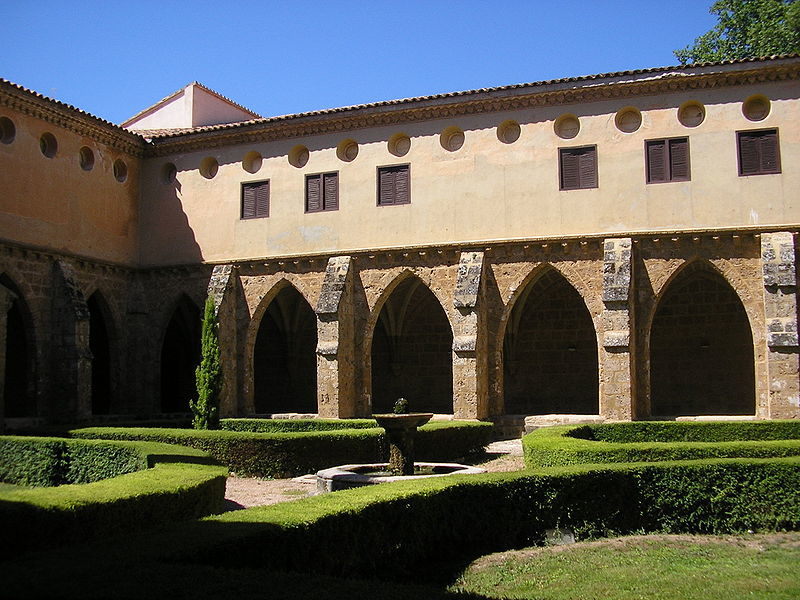
Just slightly farther afield from civilization, ancient and contemporary, is the Piedra River, which is responsible for the conjoining nature park’s legendary, remarkable waterfalls. Created through the dissolution of limestone in a phenomenon geologists refer to as “karstification,” these standout cataracts include the 50-meter-tall Cola del Caballo (named such for its resemblance to a horse’s tail), and a handful of others which seem to bell into a million tiny rivulets running over the shoulder of huge boulders.
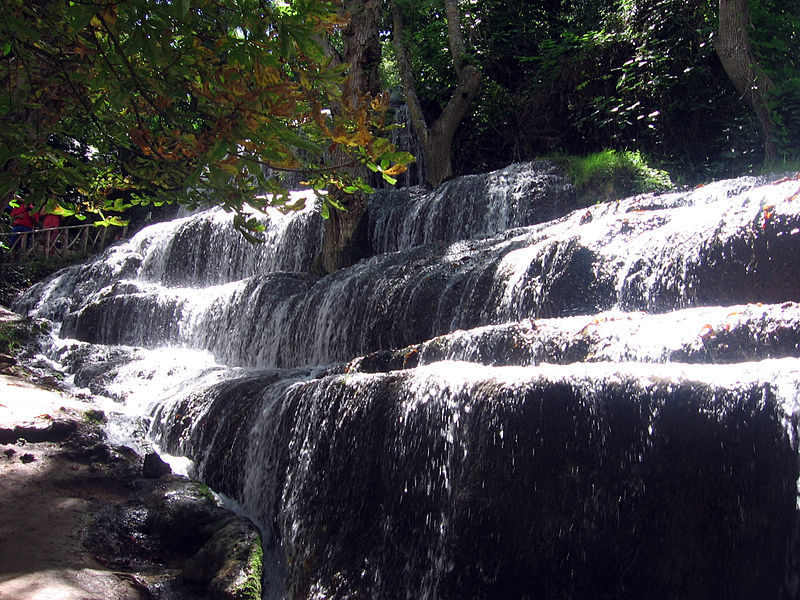
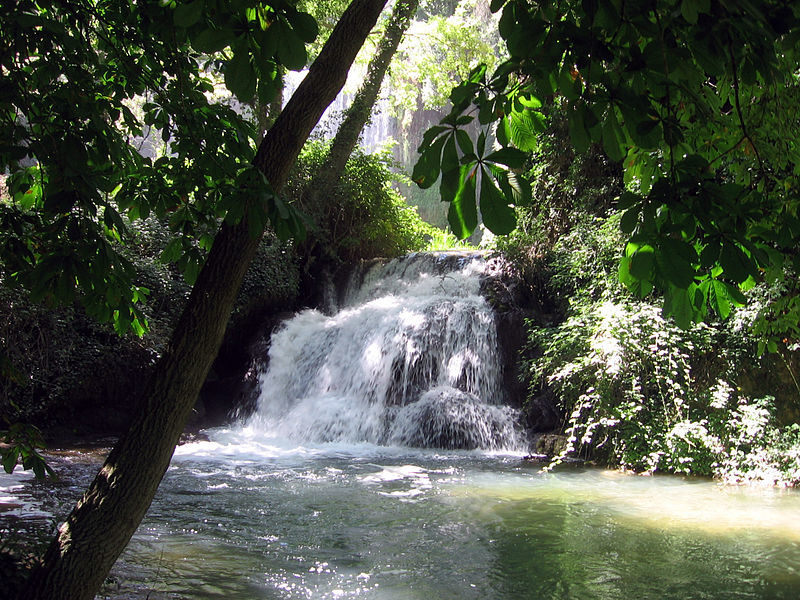
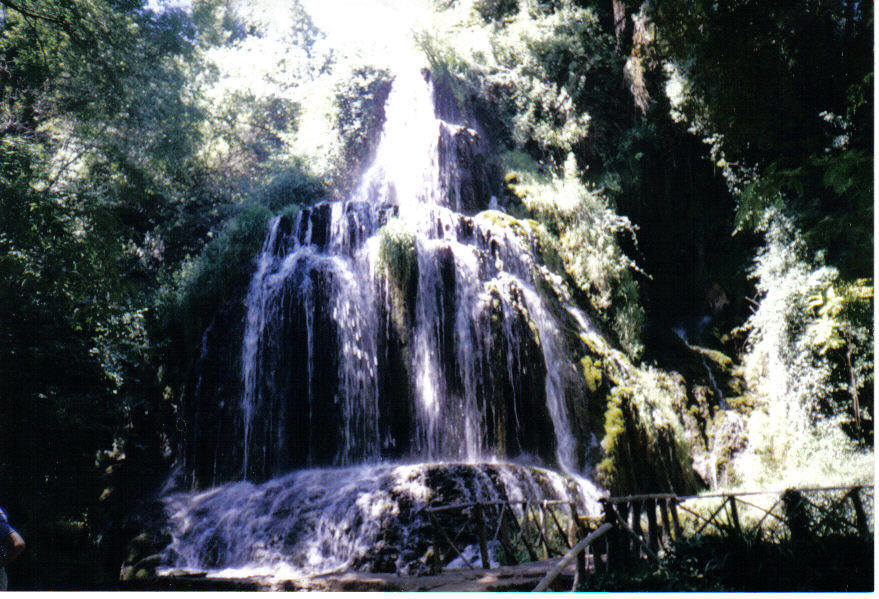
Clearly marked trails wend visitors on a five-kilometer path through the park’s most famed sights, including a natural reflecting pool trapped in a canyon called Mirror Lake. The natural park also has several caves, into which shepherds have built shelters for their flocks, as well as a raptor center that’s open to the public.
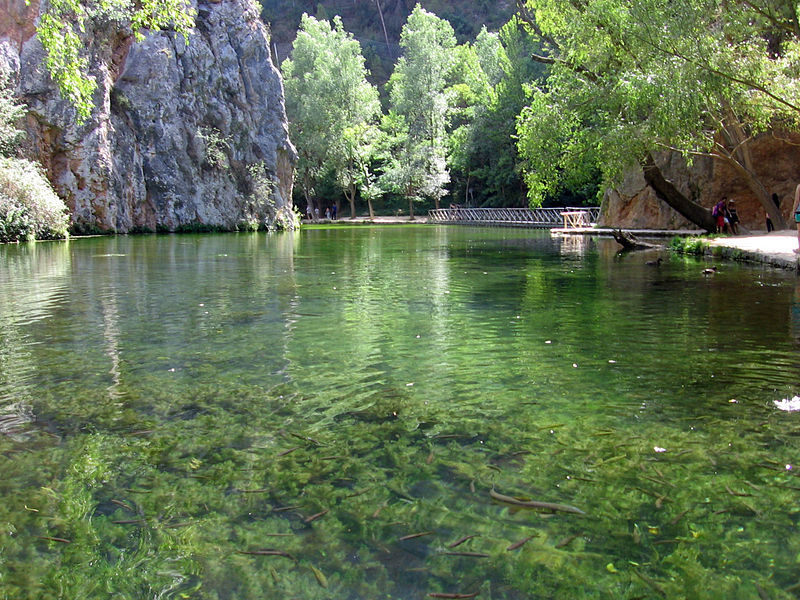
As of February 16, 1983, Monasterio de Piedra — natural park and all — was declared a national monument, which should ensure the protection of this little slice of the divine for another 800 years to come.